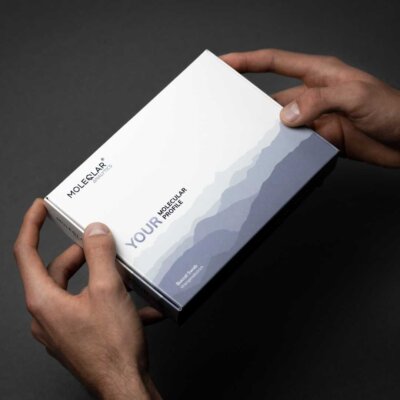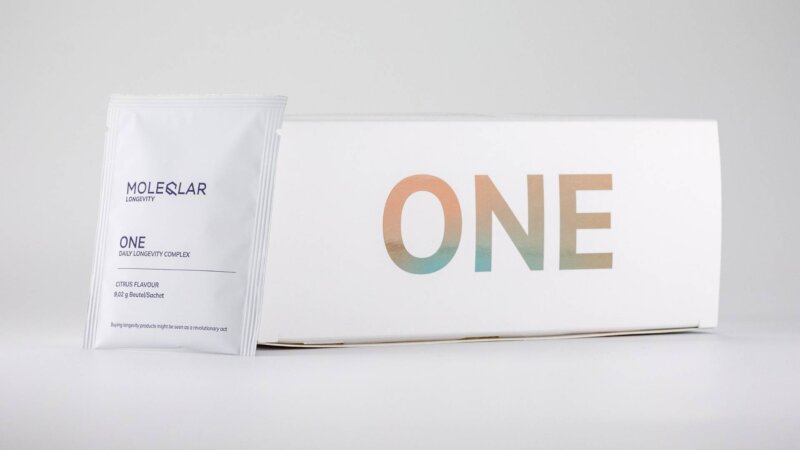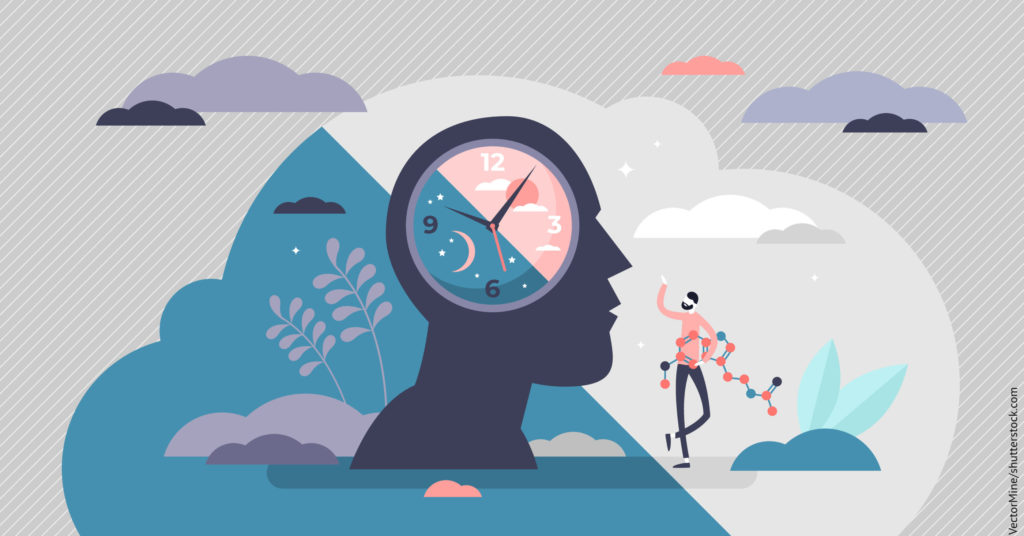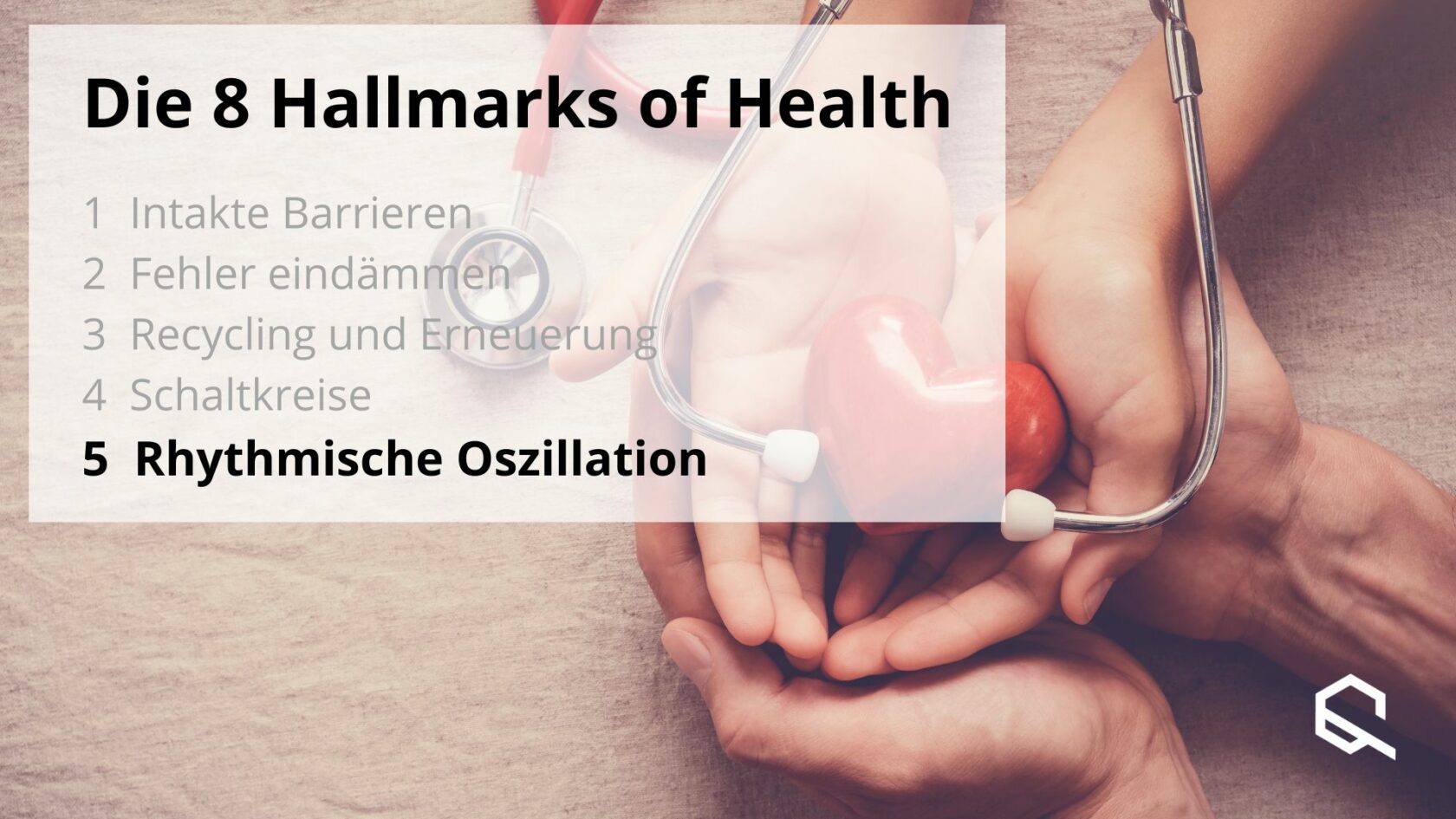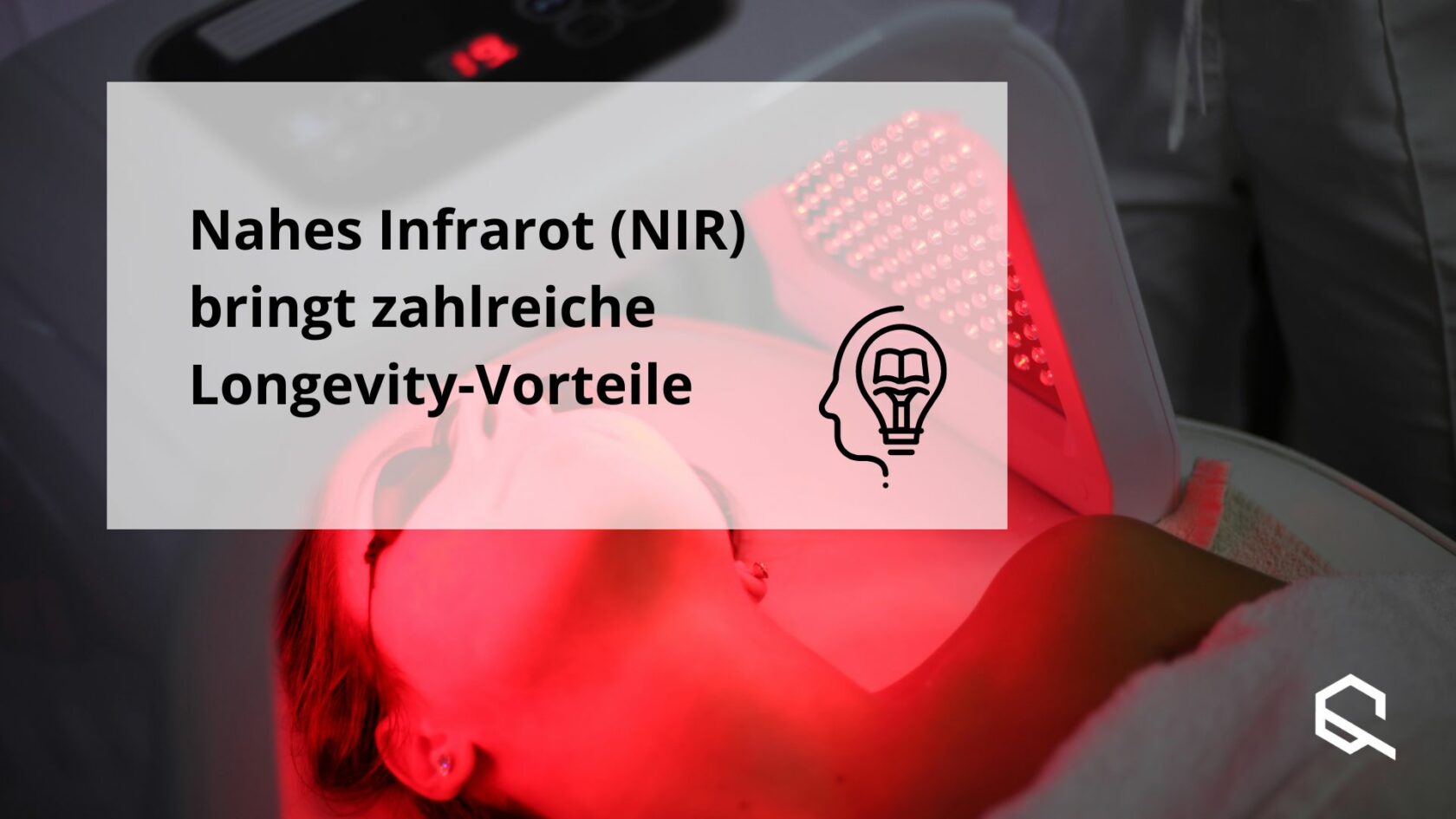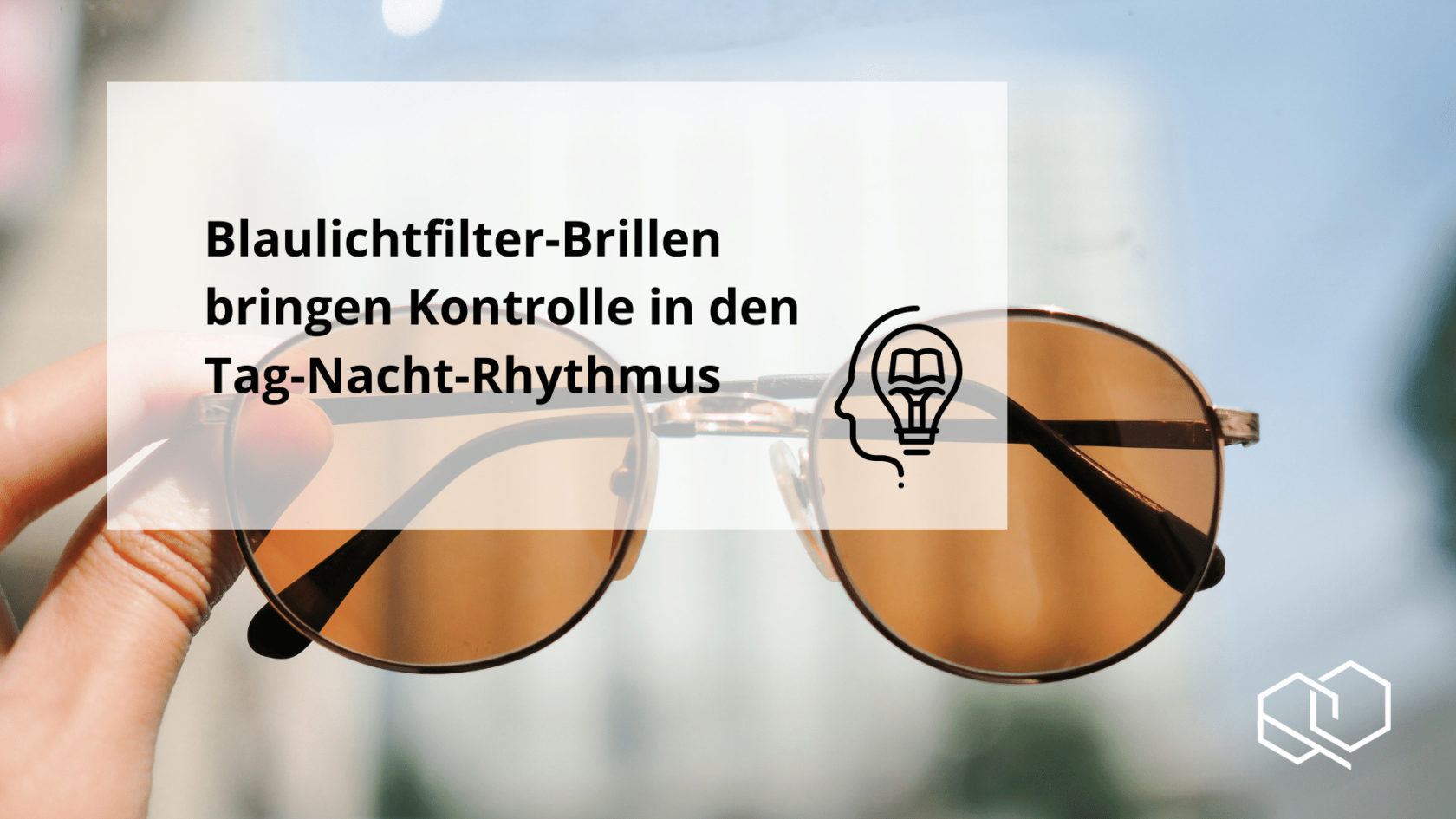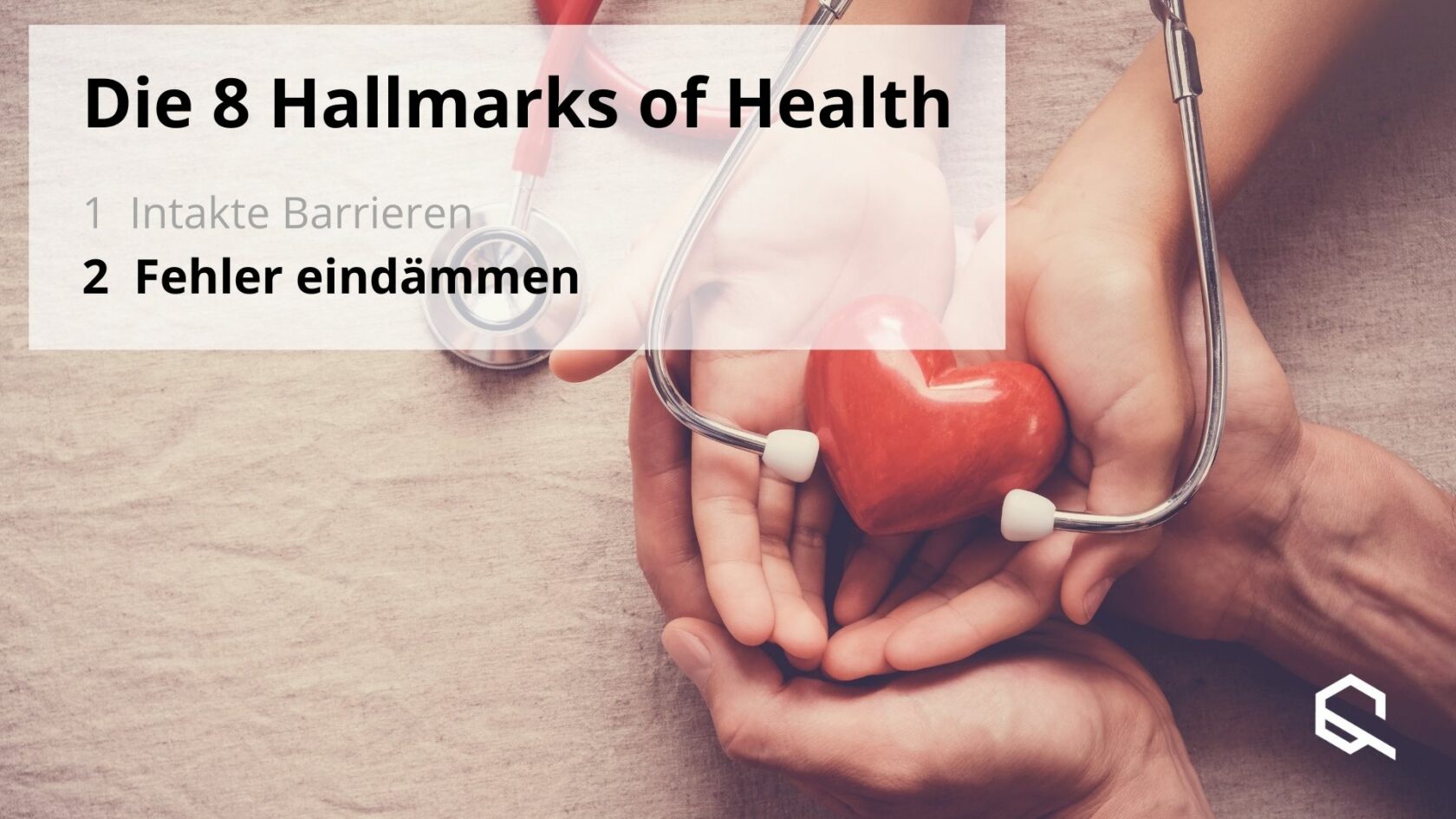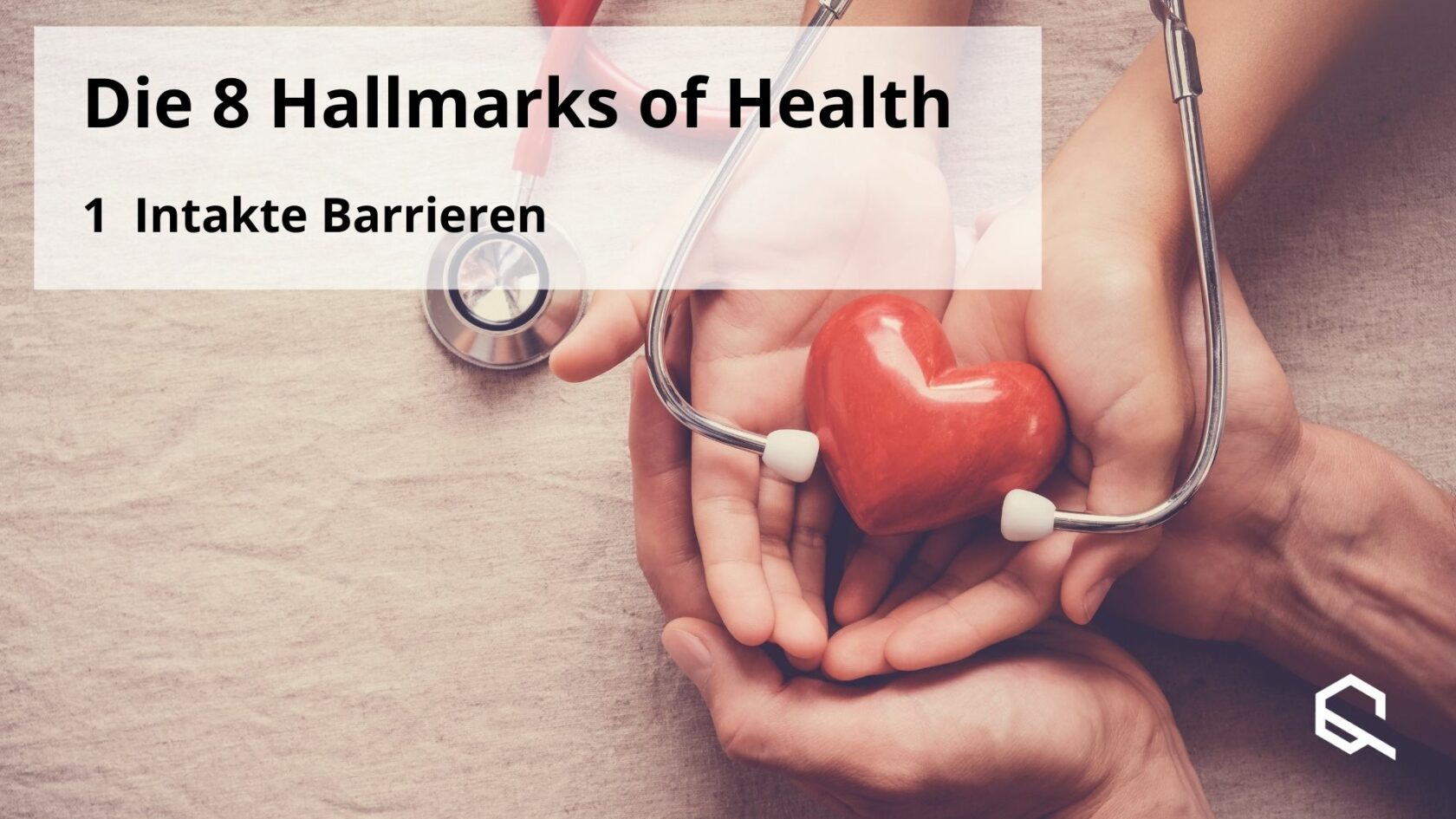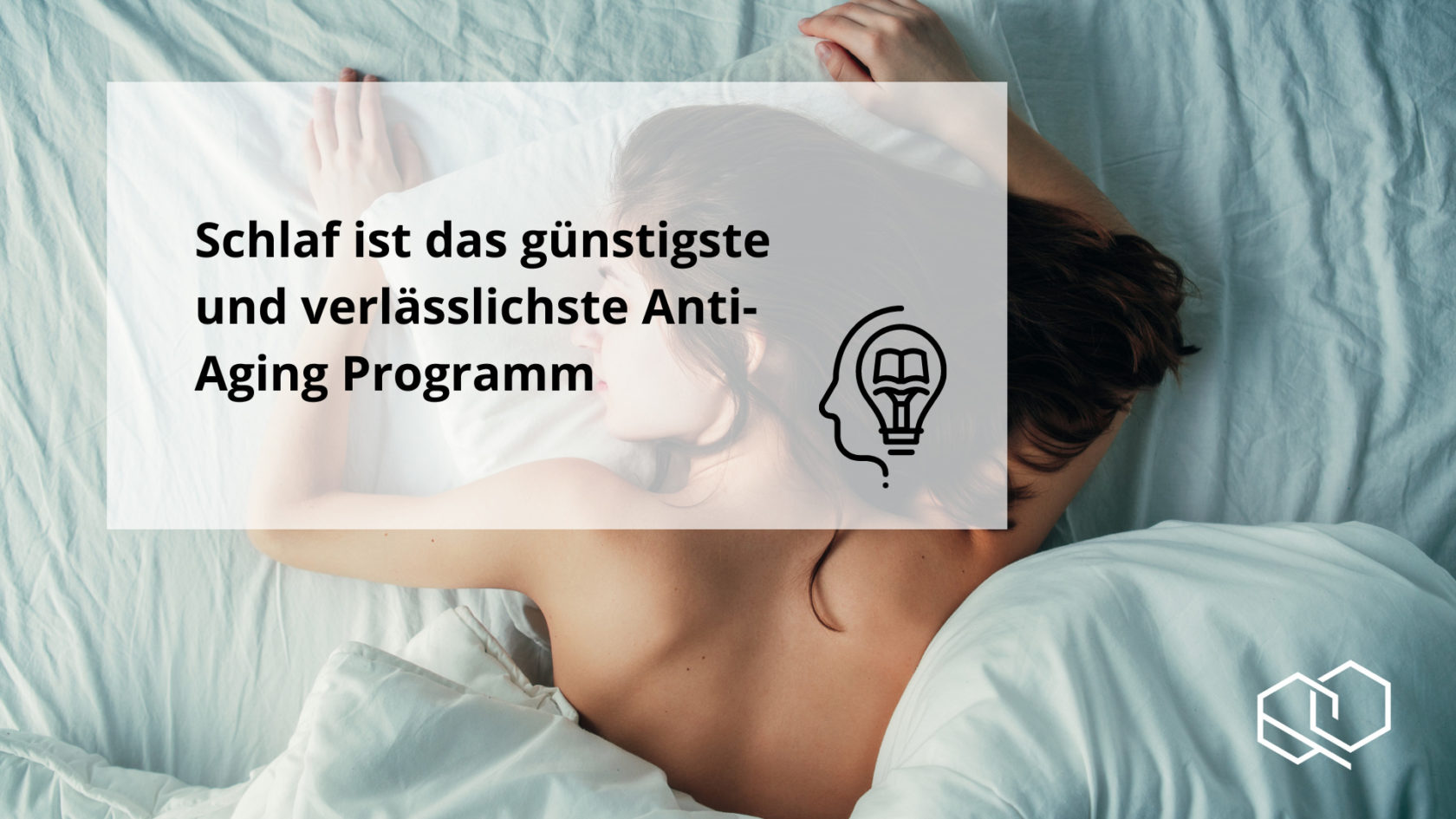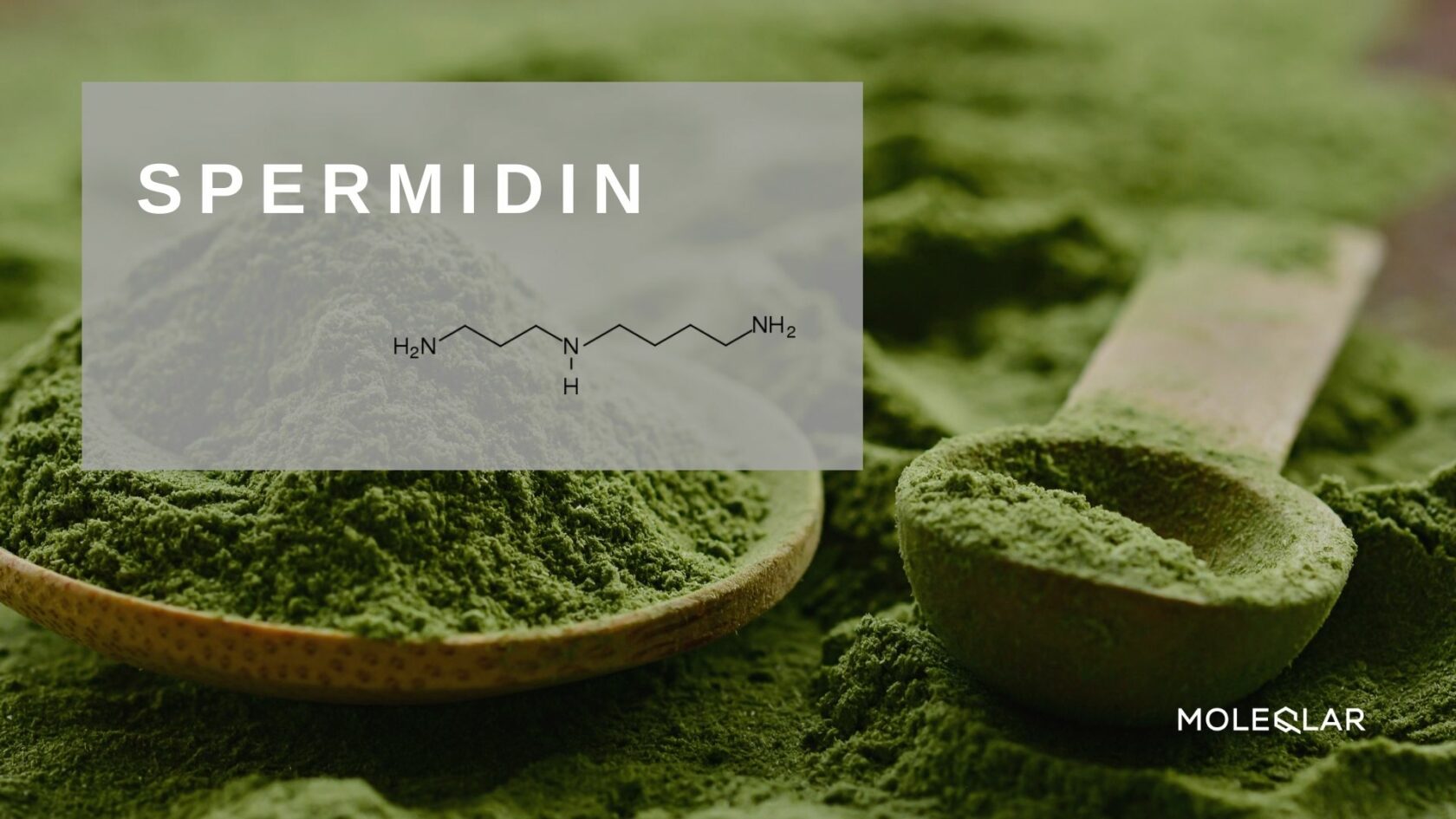Rock Around the Clock by Bill Haley & His Comets became a world hit in the 1960s. Around the same time, science coined the term circadian rhythm. Is that just coincidence? Yes, almost certainly. Nevertheless, let's keep the commonality in mind, and that is "clocks." The history of timekeeping devices goes back several millennia. It wasn't always the fancy wristwatch that made it possible to measure temporal distances or define points in time. In about 3000 BC, for example, the Sumerians used simple shadow rods as part of a sundial. Can the history of the clock be traced back even further? Historically no, biologically yes.
The very first clock was actually us humans. To be precise, probably all forms of life before us, but let's not lose sight of the essentials. However, the clock was not made of gold, silver and diamonds, but of hormones and proteins. It still does and we call it the internal clock or circadian rhythm.
What does circadian mean?
The adjective "circadian" comes from Latin and can be understood as "around the day" or "about a day" (lat. circa "around..."; this "day"). During the course of a day, the conditions of our environment vary constantly. Specifically, the amount of light, the temperature and also the availability of food changes. All this happens on Earth with an approximate period length of 24 hours - about one day. If living organisms can adapt to these drastic changes, they have a survival advantage.
In fact, however, we do not have just one internal clock, but millions of small timepieces. Practically every cell in our body has its own clock. Our "inner clock" has the task of synchronising these numerous clocks with each other. This is important in order to give the variety of chemical reactions a time frame - after all, not all chemical reactions fit into the programme at the same time. This is similar to the way no major broadcaster broadcasts blockbusters on all channels at the same time. That would be less satisfactory to customers.
There are other rhythms that do not follow the 24-hour periodicity. Infradian rhythms last significantly longer than one day and in humans include, for example, the sexual cycle or reproduction. In contrast, ultradian rhythms have a period length shorter than one day. These include heartbeat, respiration or sleep phases.
Jet-lag - when the inner clock calls out
What some people find soothing drives others crazy: the periodic "tick, tock" of analogue clocks. This is not an issue with the flesh-and-blood timekeeper, because we do not hear our inner clock ticking. Actually, we don't notice anything at all about all the regulatory processes, at least as long as everything functions adequately.
However, the circadian rhythm must be constantly resynchronised. In the 19th century, this was mainly due to the changing length of the day, a consequence of the changing seasons. Then came the aeroplane and long-distance flights. This makes a very short-term adjustment of the circadian rhythm necessary. The initial lack of correspondence between the time zone and the internal clock makes itself felt as jet-lag. The time zone hangover manifests itself as insomnia, fatigue, loss of appetite or mood swings. It is also interesting to note that the direction of the flight plays a role. Flights to the west are usually better tolerated than flights to the east.
To cope with what can be very distressing symptoms, there are a few general behavioral recommendations:
- participate in the daily rhythm of the destination
- spend a lot of time outdoors - light is the most important clock generator
- sleep sufficiently, without aids such as sleeping pills or alcohol
Now nothing stands in the way of the next transatlantic flight!
The Aschoff rule - permanently bright and permanently dark
When external zeitgebers such as light are missing to set the internal clock, animals change their behaviour. The behavioural physiologist J. Aschoff made this very interesting observation in the 1960s. In diurnal animals, the internal clock moves a little faster under continuous artificial light. If, on the other hand, it is permanently dark, the rhythm is slowed down. The opposite is true for nocturnal animals. Today, this peculiarity can be found in various reference books under the term Aschoff rule.
How does the circadian rhythm work?
Basically, our inner rhythm functions independently of external factors. However, the process can adapt to a more or less exact 24-hour cycle with the help of so-called timers. This process is also called synchronisation. The most universal and important timer for our inner clock is probably light. Ambient temperature or social stimuli also play a role.
Synchronisation occurs through special receptors in the retina of the eye. These cells transmit signals to the suprachiasmatic nucleus in the hypothalamus. This is the central switching point of our inner clock, through which body temperature, heart rate, blood pressure, hormone levels and many other bodily functions are regulated. Other peripheral pacemakers are clocked from this brain nucleus. In the brain, the melatonin produced by the pineal gland also plays an important role in the regulation of the sleep-wake rhythm.
Several genes control the rhythm via an extraordinarily complex interaction of transcription and translation. Remember: transcription is the transcription of genetic information and translation is the translation of DNA language into proteins. The interaction involves feedback loops that regulate themselves and take about a day to complete. Sounds complicated - and it is. A detailed discussion of the regulatory loop would go beyond the scope of this text.
When the clock gets out of sync
Our biorhythms are not only important, they have even been Nobel important since 2017. At that time, the scientists Jeffrey C. Hall, Michael Rosbash and Michael W. Young received the Nobel Prize in Medicine and Physiology for the discovery of molecular mechanisms that control the biorhythm. They gained the knowledge on the fruit fly, representative of other species.
The importance of this issue reaches every single person. If we live permanently against our inner clock, the risk of cancer, neurological and metabolic diseases or depression can increase. Rock Around the Clock is therefore probably better left as music to our ears rather than a way of life.
Watches also play an important role in (interval) fasting. You can find more information about this in the following article.
https://www.spektrum.de/lexikon/biologie-kompakt/aschoff-regel/948
https://www.nobelprize.org/prizes/medicine/2017/summary/
Herxheimer, A. (2014). Jet lag. BMJ clinical evidence, 2014. https://www.ncbi.nlm.nih.gov/pmc/articles/PMC4006102/
Roenneberg, T., Kuehnle, T., Juda, M., Kantermann, T., Allebrandt, K., Gordijn, M., & Merrow, M. (2007). Epidemiology of the human circadian clock. Sleep medicine reviews, 11(6), 429-438. https://doi.org/10.1016/j.smrv.2007.07.005
Ko, C. H., & Takahashi, J. S. (2006). Molecular components of the mammalian circadian clock. Human molecular genetics, 15(suppl_2), R271-R277. https://doi.org/10.1093/hmg/ddl207

